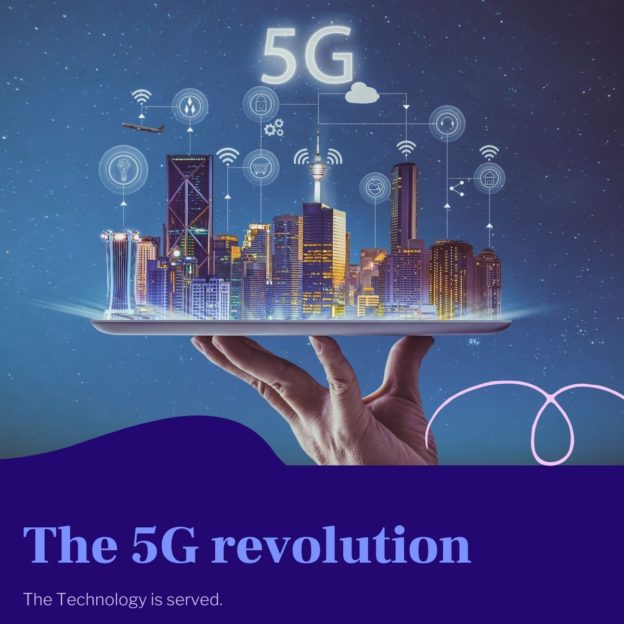4G offered a significant performance improvement over 3G, but 5G will have a far deeper impact. Back when 4G was introduced we saw the emergence of four pillars: cloud, mobile, social networks, and Big Data. These technologies emerged separately with minimal interaction, now we’re seeing something called “multiplied innovation”. Under this umbrella are united many different technologies: AI, IoT, blockchain and many more. These new standardised interfaces allow applications to flow more freely than ever, and we see the advent of new platforms and communities. We need an unifying force that ties all this innovation together and makes sense of it. This is where 5G comes in. There’s so much information being generated out there in the technology ecosystem, that it’s becoming a problem to manage. There are also service providers, cloud providers and enterprises trying to define the new dynamic edge, driven by the ability to host applications and carry out processing in areas where we couldn’t before. So you can start to understand how 5G can help.
We should not judge 5G simply by its list of capabilities. It’s about supporting new applications and new use cases. Networking needs to evolve. We see growth in application portfolios, massive interdependencies, the need for a better network backbone at the edge, and applications being built using modular developed net frameworks. 5G will make all this easier. There’s a lot of capabilities built in the 5G core network that we have just started to discover. Its cloud-native design enables distributed software mediated micro services. It has a service-based architecture designed to be programmable, leveraging AI-led automation to solve complexity, and help address different use cases and applications,
We have all learned to recognise 5G as a technology that delivers better bandwidth, lower latency and a number of improved general characteristics, but there’s much more happening underneath: the infrastructure or platform for 5G. At this level we’re seeing things like the bringing of wireless and wireline networks together. Service providers and operators are also making sure that security and privacy are built in. As cloud and comms come together, we will hopefully see programmable API-based interfaces that developers can access to create a rich new set of applications on top of edge infrastructure, all catalysed by 5G.
5G must embrace AI. Most people have realised that AI can add value in certain over-the-top services, for example cloud gaming. And we’re also seeing the early days of 5G with XR, AR and VR. For the moment AI is being used to operate and run networks more efficiently for customers. Network optimisation is one of the obvious tasks that benefits very early from AI, and also resource utilisation.
We need the ability to plan for the future in terms of use cases and see how revenue can be driven by those use cases. The first breakthroughs will probably be in network management space with spectral efficiency and getting more out of spectrum. It will be more challenging to take advantage of latency and performance gains. There’s much potential in the areas of augmented reality and virtual reality. AR and VR are cases where 5G can bring latency down to maybe one millisecond and really create a truly immersive experience.
Just the mere fact that we’re asking the question of why 5G matters indicates that it’s important, and the advantages are clear as daylight to anyone.
https://waterstream.io/2021/05/07/the-5g-revolution/





